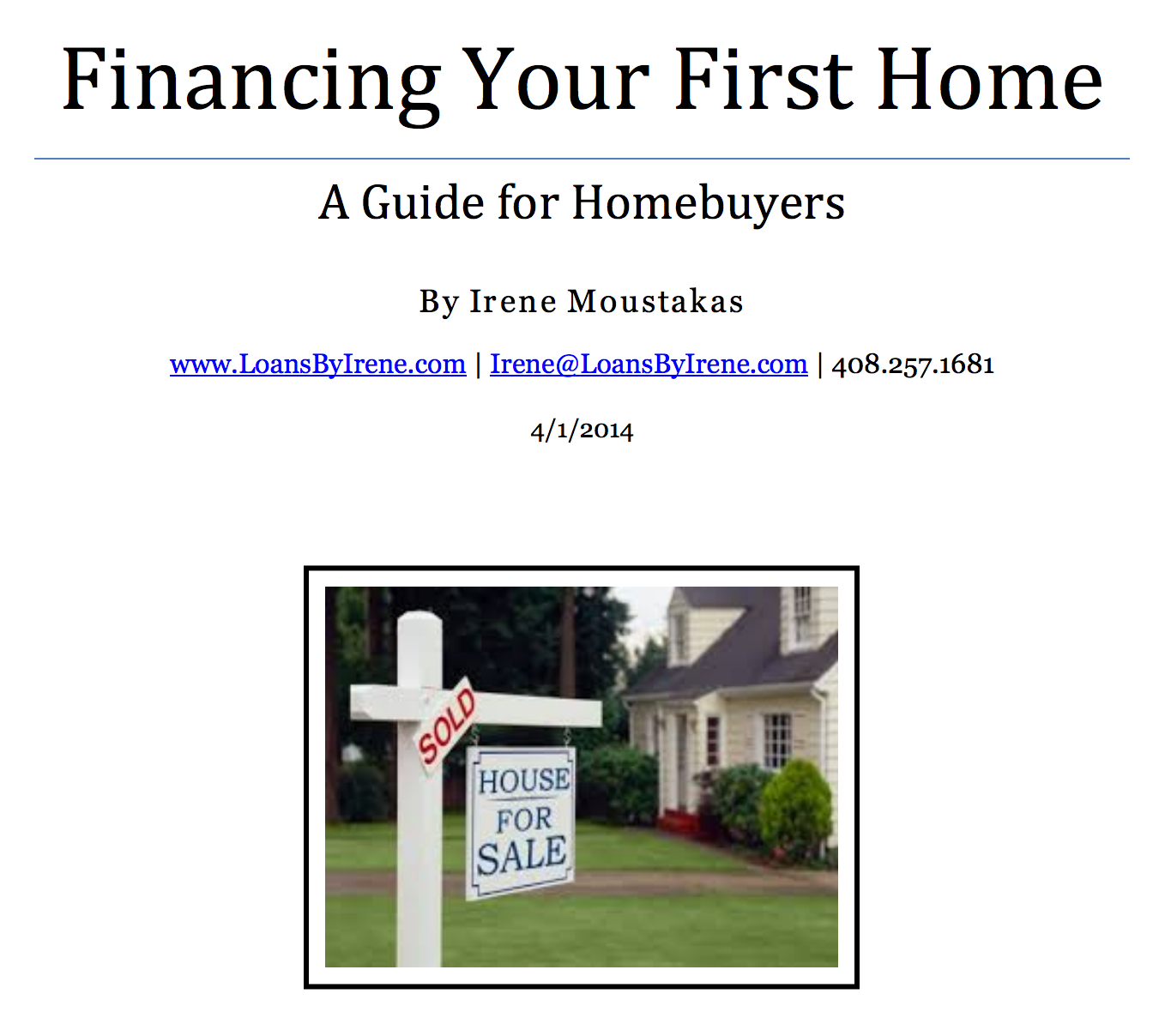It’s easy to get caught up in the desire to get the lowest available interest rate out there, but you must always ask, “At what cost”? Each day, you have multiple interest rate options, and each interest rate comes either at a cost or a credit. The lower the rate, the higher the cost; the higher the rate, the lower the cost.
The more common language in terms of cost and quoting rates is “paying points or paying no points”. One point is 1% of the loan amount and allows you to “buy down” the rate. As an illustration, here’s how rates, points and credits are often quoted. This is not a current rate quote, just an illustration.
- 3.5% costs 1 point
- 3.75% costs no points
- 4.0% is no points, and provides a -1.0% Lender Credit
Let’s assume a loan amount of $500,000 for numbers-purposes and to show why the lowest rate may not make the most sense, depending on how long you see yourself in the home. Total non-recurring closing costs on a refinance of $500k are approximately $3000. (Non-recurring closing costs include all the one-time fees associated only with refinancing: underwriting fee, appraisal, credit report, title/escrow fees, notary, recording …).
Using the rates above, this is how I show analysis, again with the $500k loan amount:
- 3.5% costs 1 point ($5000) + all fees of ~$3000. Total net cost to refinance: ~$8000. Mortgage payment: $2245.22
- 3.75% is no points and no credit. Total net cost to refinance: ~$3000. Mortgage payment: $2315.58
- 4.0%, no points; provides a Lender Credit of -1.0% (-$5000) to be applied towards closing costs. Total net cost to refinance: 0 (and the balance of the credit can apply towards any prepaid interest that may be due). Mortgage payment: $2387.08
So how do you make a decision for what works for you? It depends both on your current cash-on-hand that you’re willing and able to spend, and also on how long you see yourself in the home. No doubt that if you keep your loan for the entire 30-year term, you will save significant amounts in interest over the life of the loan, but few people actually do keep a loan for 30 full years, whether they refinance or sell.
I would look at 2 options, let’s take 3. 5% and 3.75%: If you select the 3.5% rate, you would save $70.36 per month. However, to save that amount monthly, you have to pay an additional $5000 upfront. So 5000 divided by 70.36 = 71.06 months, or nearly 6 years, before you realize the true savings of that lower monthly payment. So if you sell or refinance within 6 years, you’re out the extra funds you paid. After Year 6, you will start saving and realize the true benefit of the lower rate.
So it truly does depend on your intentions of your home and the loan you have, and how long you think it will be retained. Do not just always elect for the lowest rate; it may not work out in your favor.


